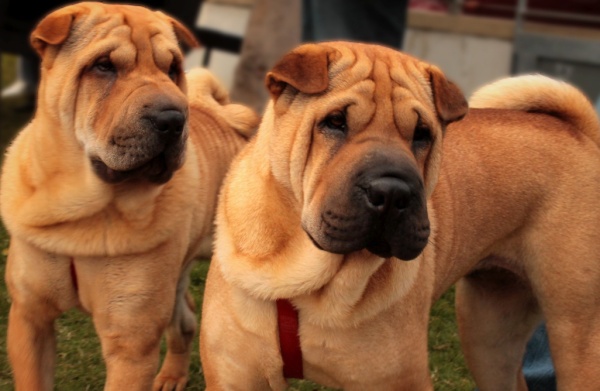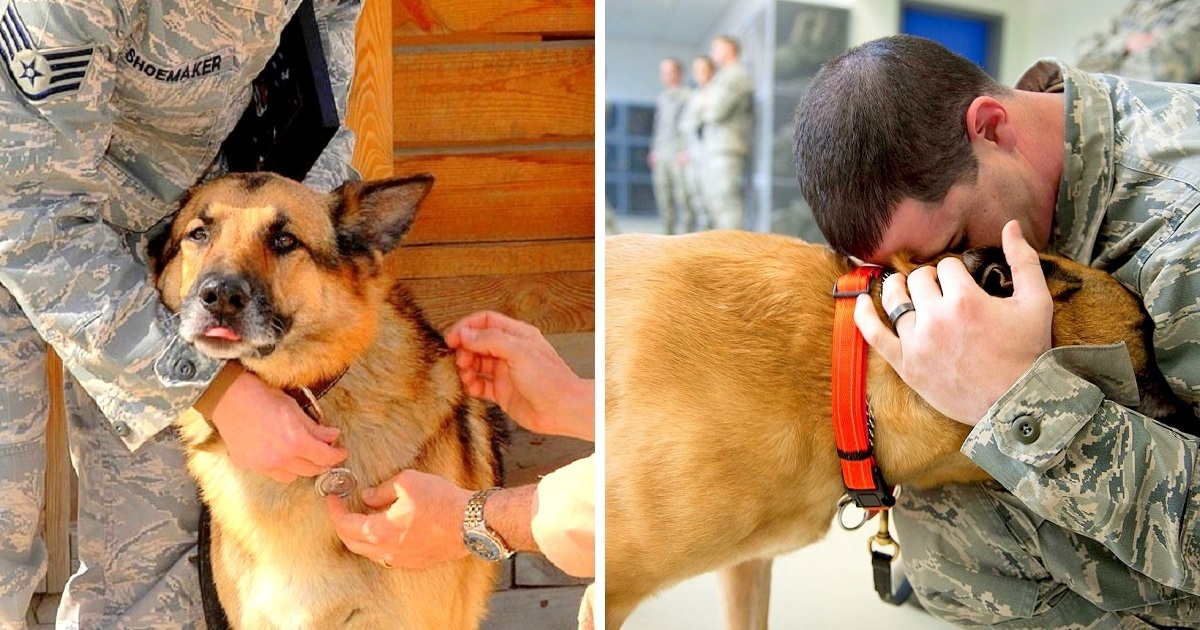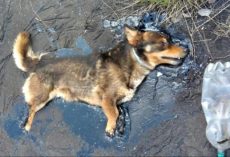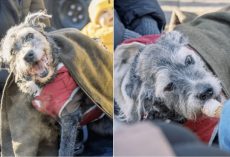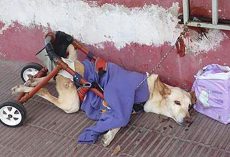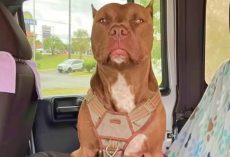Military dogs want the same things people want when they retire: comfort, some peace and quiet, and quality time with their loved ones.
That’s not too much to ask for a pup who served their country, now is it?
While 90% of canine veterans end up with their handlers, a few end up available for adoption.
Air Force officials at Lackland Air Force Base, the San Antonio base are worried over the sharp disinterest faced by the retired military working dogs post-retirement.
While the trainee puppies who don’t make the cut for active duty are readily adopted, the older K9s yearn for a home but keep getting overlooked.
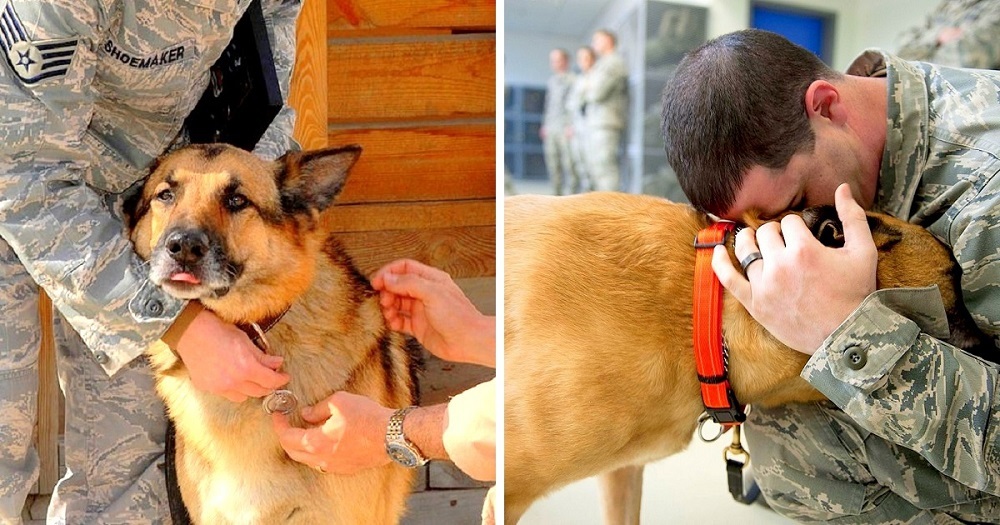
The officials have now turned to the people for help. They have requested potential adoptive parties to consider retired K9s too.
These hardworking K9s have dedicated their lives to the safety of the nation and its people. They will be assets to their new family in every aspect.
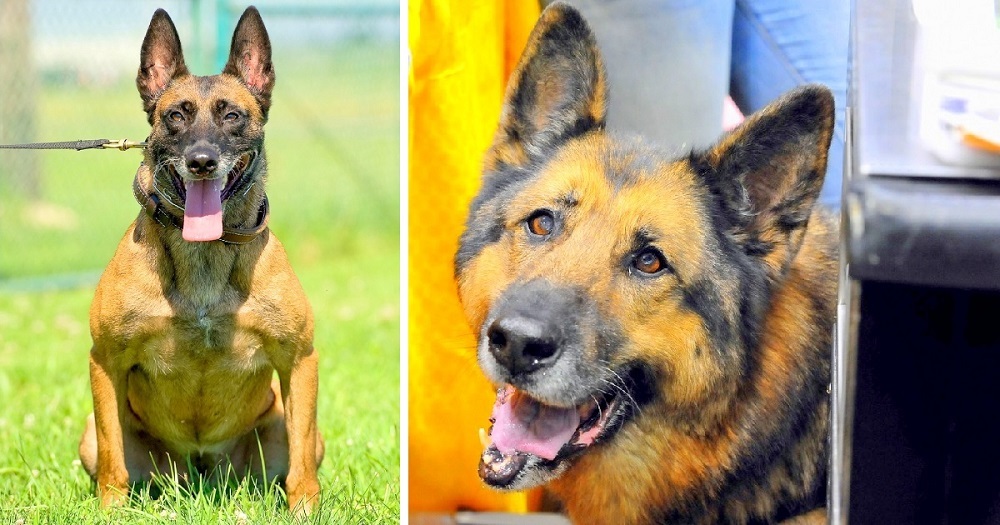
Lackland Air Force Base, the San Antonio base where all military pups receive their training, handles all their own adoptions, as does the Transportation Security Administration.
There are also organizations like Mission K9 Rescue, which help facilitate adoptions of contract military working dogs, which are often harder to reunite with their handlers.
You can expect most retired military working dogs (MWDs) available for adoption to be between the ages of 10 and 12.
Common breeds include German shepherds, Labrador retrievers and Belgian malinois—all loyal, energetic and intelligent.
“Every MWD, when they’re retiring, they do a behavioral test and an adoption test to make sure they’re not going to be food aggressive or bite a small child or chase the mailman down the street,” says MAC Chief Petty Officer Jason Silvis, who works with MWDs at Lackland Air Force Base.
“We do a wide variety of tests before we decide that the dogs are good to be adopted to the public.”
Of the dogs that end up back at Lackland, 75% are approved for adoption. At any given time, there can be as many as 200 approved adopters on their waitlist.
According to Silvis, there are a few requirements that have to be met before you can get your paws on a MWD:
- A family has to apply and be interviewed by the military to ensure it will provide for the dog and to answer questions about other pets in the home.
- A family usually cannot have young children. Unfortunately, most of the dogs aren’t good fits for families with kids under age 5.
- A family must be willing to travel to San Antonio to get the dog.
Lackland only places about six dogs a month, but like Mama always says, good things come to those who wait.
Interested in adopting a retired military working dog? Contact the officers at mwd.adoptions@us.af.mil or call 210-671-6766. Visit Lackland Air Force Base’s website for more info.
Please spread the word and help increase the chances of adoptions for our loyal K9 veterans.
Click the video below to watch how amazing K9 veterans are and how you can adopt them!
Please ‘SHARE' to pass on this story to a friend or family member
Next Story:
Basics of Dog Training
It’s essential for Dog parents like you to know certain basic factors that determine your relationship with your Dog and can go a long way in training him effectively.
Before you begin training your Dog, it is absolutely essential that you build a loving bond with him. This is important as it helps you to understand his needs and instincts and also allows your Dog to have complete trust in you.
Know more about Dog care from this free mini course
Let us see how…….
How To Bond With Your Dog
Building a bond with your Dog is the first and the most crucial step involved in training him successfully. As soon as you bring your Dog home, you must first try to develop a caring and loving relationship with him in order to win his trust and confidence.
When Dogs are secure in the knowledge that they belong to the family, they are more likely to respond better to their owners’ training commands. Just like with any relationship, there must be mutual trust and respect between you and your Dog.
Trust takes time to develop and respect comes from defining boundaries and treating any breach of those boundaries with firmness and fairness.
Without enforceable limitations, respect can’t be developed. And when there is no respect, building a bond with your Dog is almost impossible.
4 Golden Rules To Building A Relationship With Your Dog :
- Spend quality time together;
- Take him out in the world and experience life together;
- Establish and promote a level of mutual respect; and
- Develop a way of communicating to understand each other’s needs.
Building a bond with your Dog will not only help you manage him better but will also make your Dog calm, quiet and an extremely well-adjusted pet.
Love Your Dog and He Will Love You back
Once you’re succesful in building a bond with your Dog, you can rest assured that training him and teaching him new and clever tricks will be a cakewalk.
Learn how to bond with your Dog with this free mini course.
How Your Dog Learns…
Your Dog’s learning period can be divided into five phases:
The Teaching Phase – This is the phase where you must physically demonstrate to your Dog exactly what you want him to do.
The Practicing Phase – Practice makes Perfect. Once a lesson is learnt, practice with your Dog what you have just taught him.
The Generalizing Phase – Here you must continue practicing with your Dog in different locations and in an environment with a few distractions. You can take your Dog out for a walk, or to a nearby park and command him to practice whatever you’ve taught him.
Practicing the learned lessons in multiple locations and in the presence of small distractions will help him learn and retain lessons better .
The Testing Phase – Once you’re sure that your Dog has achieved almost 90% success….he responds correctly almost every time you give a command, you must start testing his accuracy in newer locations with a lot of distractions.
Example: Take him to the local shopping mall and ask him to obey your command. He may not come up with the correct response the very first time you do this, but you must not lose hope.
The idea is to test your Dog to see how he responds in an environment which is new to him. Set-up a situation where you are in control of the environment and your Dog.
There are only 2 possibilities:
- Your Dog succeeds!!! (Trumpets please!)
- In case your Dog fails, re-examine the situation. Review and/or change your training. Then try testing again.
Keep on testing until he succeeds. Follow the rule of the 3 Ps – patience, persistence, praise.
Internalizing Phase – Finally, comes the extremely rewarding phase where your Dog does everything he is taught to do even without your commands.
Remember:
- Never scold your Dog if he fails. It’s not his fault. You have failed as a trainer!
- You must be patient and persistent for your efforts to show rewards.
- Appreciate and love your Dog when he does it right! A little encouragement will work wonders for your Dog.
Please ‘SHARE' to pass on this story to a friend or family member
Stay for one more story, be sure to check out these Top Trending Stories below:
10 Of The “Most Loyal” Dog Breeds On The Planet
Giving love and support to humans is something that some dogs do better than others.
While many dogs love everyone they meet and are willing to take treats or belly rubs from anyone, the pups we found are just the opposite.
These 10 dogs are some of the most loyal breeds on the planet. They are rock steady in their loyalty to their owner no matter what.
1) Akita
When the American Kennel Club (AKC) lists loyalty to describe the temperament of the Akita, you know they mean business. The beautiful double-coated working dog of Japanese ancestry is considered hardwired in protecting those she loves. They should be socialized with other dogs and people from the time they are puppies. Their silly, fun, but dignified personalities round out the loyal Akita.
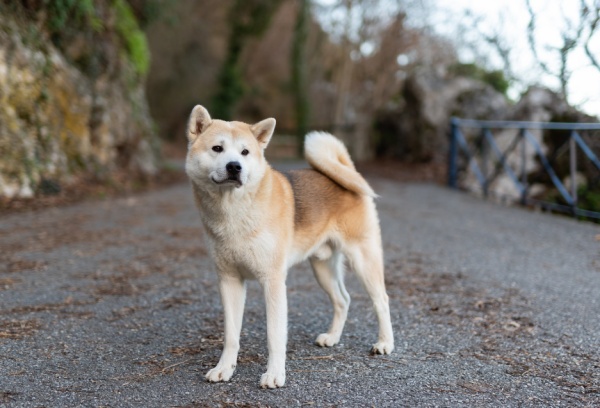
2) Boxer
This working dog is smart, full of energy, and oh so loyal to their family. They get along great with kids and have an innate instinct to protect their pack. He’s a watchdog with a heart of gold who oozes dedication to his owner.
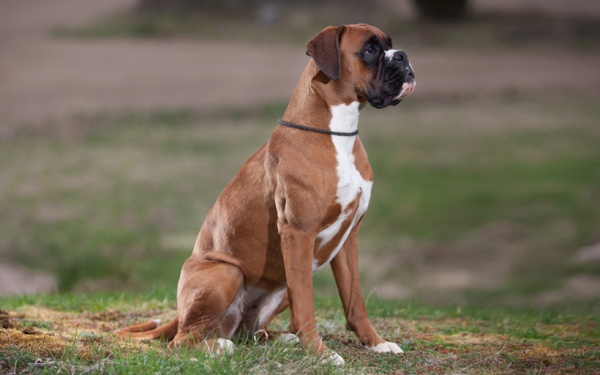
3) Skye Terrier
Known as the “small dog with the big ears,” this adorable breed hails from the Scottish Isle of Skye, hence the name. Whether you live in the city or the country, this small dog with a big personality is steadfast in snuggling, playtime, and remaining loyal to his owners.
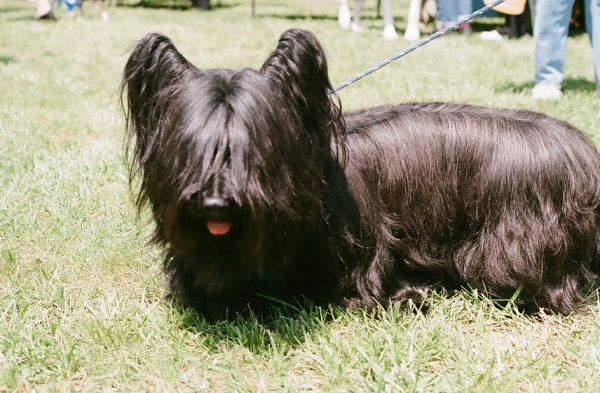
4) Beagle
This merry hound is friendly, curious and incredibly loyal. While he doesn’t mind the occasional couch potato time, this spunky pooch is energetic and merry. A fun fact about this hound: the breed standard is for 13 inches and under and another in the 13-15 inch category. No matter how you size him, these adorable dogs just want to cling to you.
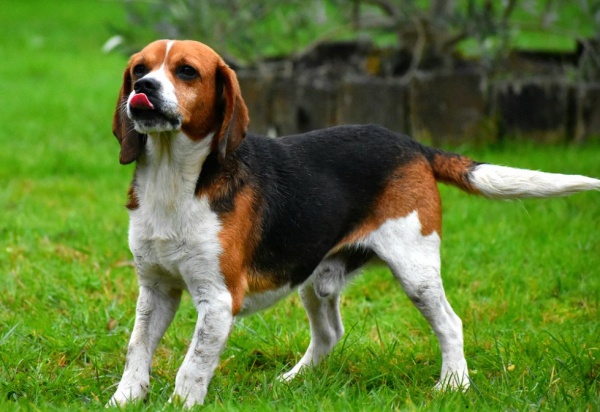
5) Shar-Pei
This wrinkly non-sporting breed is standoffish to strangers but very loyal to his owner. His ancient Chinese roots are part of the charm of the Shar-Pei. Regal, strong, and smart, if you want a BFF for life, this loose-skinned pooch may be the right choice for you.
